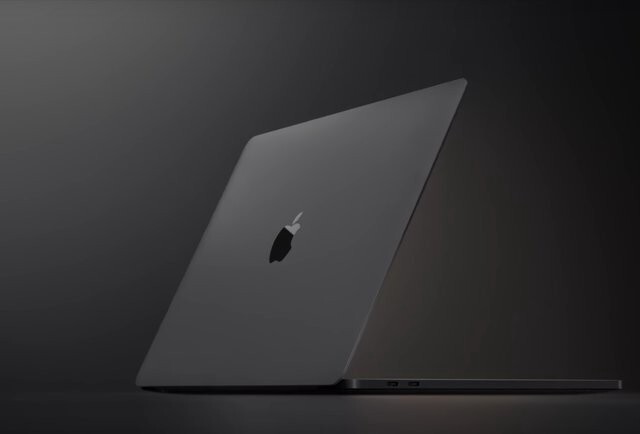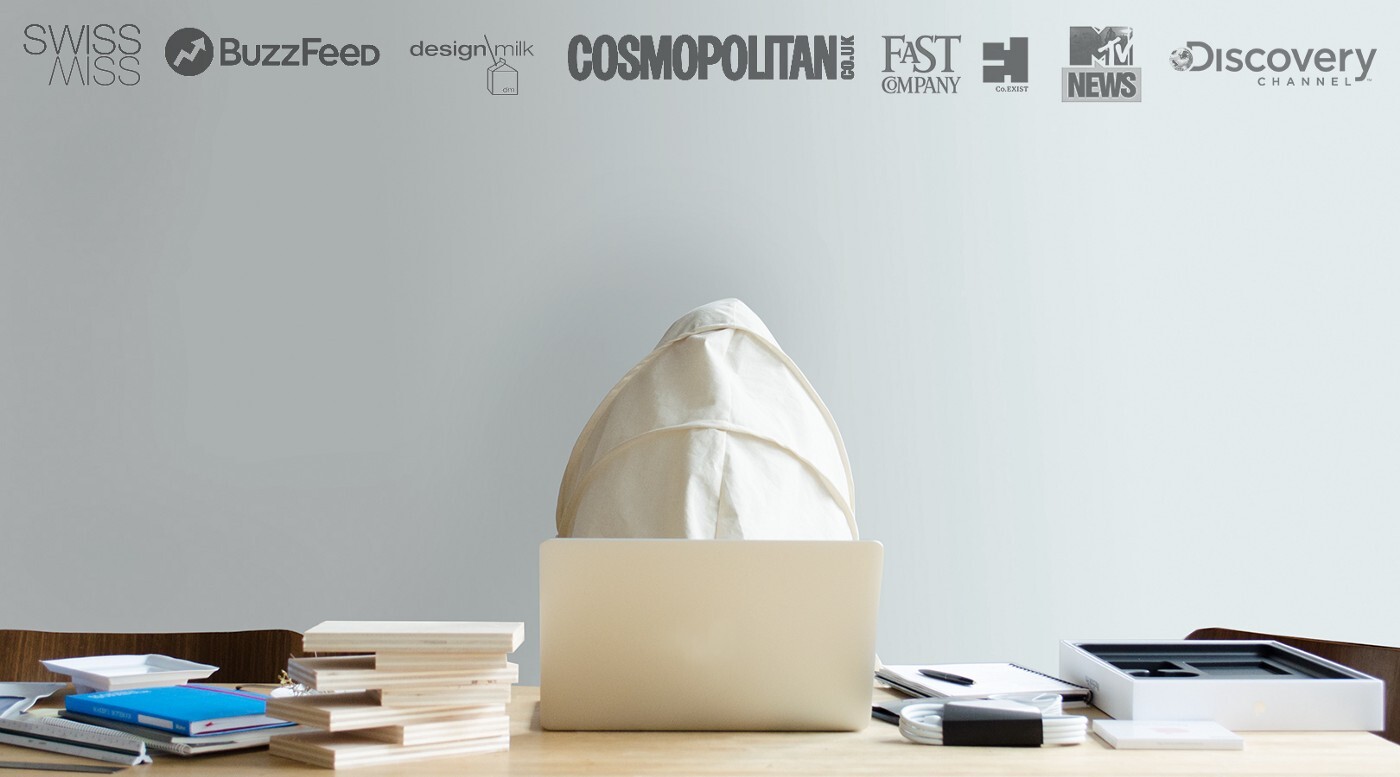Arousal Makes Products Go Viral


A pair of Louboutin shoes.
Today’s topic almost came by surprise. I never thought I would be writing an article that links Arousal to Product Design and Marketing. However, once understood, it cannot be denied. Arousal, in this case, refers to psychological arousal which is a state of activation and readiness for action. A phenomenon that causes the heart to beat faster and blood pulse to rise.
We are talking about the moment where you stood in front of an audience for the first time. That instance where you saw your team overcome defeat by a mesmerizing last minute moment of glory. Or that sensation that you felt when you stepped onto your particular passion plateau. Whether a football field, or a client presentation, you performed your role, dancing through your act — in a perfect state of flow. The sensation was mesmerizing.
Moments where your heart raced, your palms sweated and you could feel your heart pounding. One could argue you felt alive and immersed in the moment. This sensation is caused by a response from our ancestors reptilian brains. A psychological reaction, known as fight of flight, that causes us to get on the tip of our toes in search for safety — in one form of another.
Sure, although you can probably associate, you’re probably thinking that this is a little intense. We are no longer cavemen. The biggest issue that we realistically face is traffic or a problematic relationship. But these emotions are still real, arise in daily interactions and bring out the best, and the worst in us. And what’s more is that it has scientifically been linked to Virality. A discovery that comes thanks to the work of Jonah Berger and Katherine Milkman, who teamed up with Psycologist Jamie Pennebaker, to use Jamie’s textual analysis program to determine the virality of articles based on their verbal content.
The results of their investigation point at high-arousal as a key stimulant for sharing. Whether positive — Awe, Excitement or Amusement — or negative — Anger or Anxiety; these emotions propel us to do things and share things. A feeling so powerful that if invoked will make our content be shared 30% more than the baseline. Is this not the kind of contagious behavior that we want to evoke from those we are trying to reach?
As Contagious clearly points out, “rather than harping on features or facts, we need to focus on feelings; the underlying emotions that motivate people to action.” As creators, this is pointed at our design process and what time has shown me is that sometimes the hooks that cause these states of arousal can be extremely simple.
A couple of years ago, when walking through Soho (London) with my good friend Conal Mcbrien. I remember very clearly him interrupting our conversation, to describe the color of the sole of some shoes. Those are Louboutin’s he said. I remember laughing at his excitement, completely unaware of the fashion-phenomenon that I had just witnessed. A red sole. Really? That’s what you’re so hyped about ?

Louboutin Shoes
I kid you not. He was. He went on describe its scarcity, exclusivity and social status (or currency) that these shoes had. All keystones of Virality and Social Influence as described by Jonah Berger in Contagious and Robert Cialdini in Influence. Curiously, years later this story would come all the way back around, for me to discover its origin. An origin that I believe truly depicts how simple it can be to create an emotionally-triggered product, that arouses insiders and invokes inner remarkability. Here it is:
“In 1992, French footwear designer Christian Louboutin felt his shoes lacked energy. Looking around, he noticed the striking red Chanel nail polish an employee was wearing. ‘That’s it!’ he thought, and applied the polish to his shoes’ soles. Now Louboutin shoes always come with red-lacquered soles, making them instantly recognizable. They’re distinctive and easy to see, even for people who know little about the brand.” — Contagious, Jonah Berger
Personally, I found it interesting that a public facing feature aroused such emotion. Initially, at the time, I was naive enough to think I didn’t care that much about those things. That they were meaningless. But when thinking about it, it brought me back to Real Madrid, and the energy that it gives me. A superlative feeling that elevates me to what could be considered a state of madness — a definite arousal.

Cristiano Ronaldo celebrating a goal during the 2017 Champions League Final.

Apple Macbook Pro
You could say that these are high-priced items that carry a design that advertises itself. A key feature for any viral product. A symbol, or feature, so clear that it allows the product to spread itself — allowing the creator to rake it all it’s successes. But what about you and me ? People that do not have the status, power nor brand to create such a phenomenon. What are steps that we can take?
A question that made me remember the contagious work that Eden Lew, a multidisciplinary designer whose thesis focused on Criminal Masterminds, produced during the first seven weeks of the MFA Products of Design program. Here’s a quick summary from her portfolio piece:

Eden Lew’s Nutshell
“As part of the first-year Affirming Artifacts class, students were asked to redesign the first piece of trash they threw out. In seven weeks, I took a sandwich wrapper on a journey through products, services and platforms and designed the Nutshell, a pod for productive break-taking. Inspired by the sandwich wrapper, the idea began from recognizing that busy students and professionals forget to take proper lunch breaks. From there, I prototyped a “lunch sack” that acted as an isolation pod for people to eat lunch in.” — Eden Lew
I remember clearly how, shortly after the final presentation, this magnificent pod created a contagious, media-storm. It was everywhere. Eden was being asked for interviews. She received a letter of cease and desist from the Container Store because people were showing up trying to buy it. She had sleepless nights to make sure that the photography for each article was fresh and perfectly put together and designed. Buzzfeed even created a poll that demonstrated that over 100,000 people that wanted to buy it. Over 100,000 ! All through a speculative product for what is honestly the best class I have ever had the pleasure to experience (Click here to learn more about the program).
But what can we learn from this ? Here’s my list of thoughts, if you come up with anymore, please let me know !
- Through a master wordsmith that is Souvik Paul, Eden had a perfect tagline: “Social Solitude.” A sentence that perfectly described what the product did, where it could be used and what emotion it gave people.
- It sent a clear message, with magnificent imagery, that aroused people to talk about a topic that we can all relate to — we do not take lunch breaks.
- She had a public facing product that served a status symbol.
- She created a social-model which allowed two people to enjoy their moment of social solitude through a two-man pod.
- Her branding was on-point, impeccably designed (this resulted in her letter of cease and desist).
Truth be told, I hope to one day emulate her success — she inspired me and my class mates to be better. It is no lie that she was one of the more talented, if not the most talented, designers in the class. I am grateful for her inspiration and that in time, her work showed me clear implementations of Arousal, Observability and imagery that emotionally Triggers Insiders to create a contagious product.
